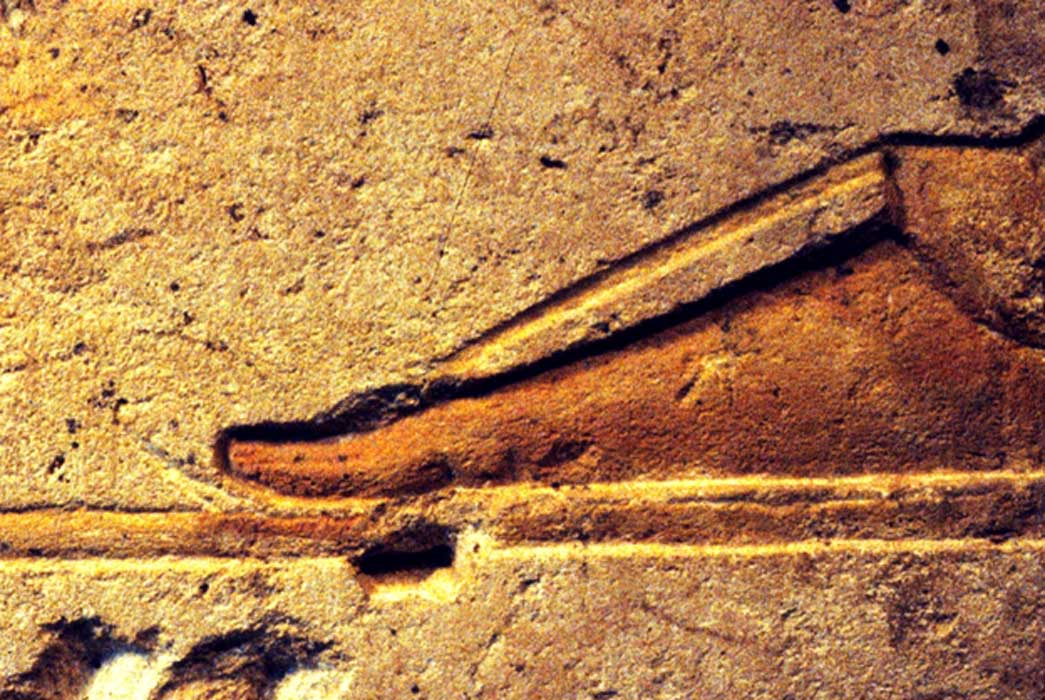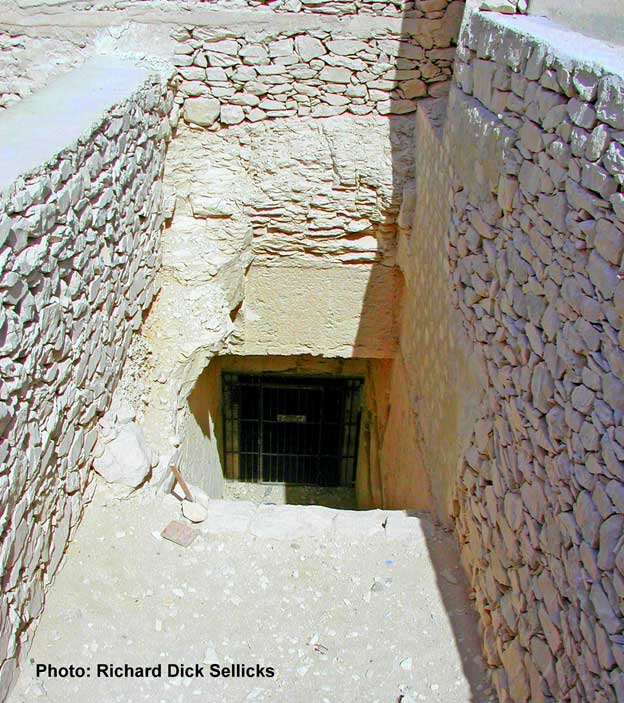
Game of Toes in Amarna: Missing Body Parts and Funerary Practices of King and Commoner
Pharaoh Akhenaten was the subject of great controversy when he lived; and this did not cease after he died. If anything, his memory has both troubled and impressed people down to this day. Be it his religious revolution, death and burial – or his missing left toe – the Amarna king is somehow always in the news. The baffling funerary accompaniments found on the remains of his subjects who were buried in Akhetaten too have given Egyptologists much food for thought.

Remains of the Head of King Akhenaten from a massive statue, wearing the khat or nemes and double crown. This was among the large heads found by Henri Chevrier in 1926. Luxor Museum.
A Question of Burial
Akhenaten ushered in staggering changes in the way Egypt was ruled. Through a series of overt and daring means – such as introducing Atenism and shifting the royal capital from Thebes – he left an indelible mark upon the country’s history. For this, he was reviled, misunderstood, and vehemently denounced. All this apart, his eventual death and burial have posed a conundrum too.
Did Akhenaten, who swore never to set foot in Thebes for as long as he lived, wind up in the necropolis there by a strange quirk of fate? Was he removed from the communal royal tomb (TA26) in Akhetaten, along with his mother, Queen Tiye, when Tutankhamun ascended the throne? If yes, was Akhenaten’s mummy deposited in Tomb 55 – located across the path from the boy-king’s sepulcher (KV62)? This seems a likely scenario according to Dr Nicholas Reeves, “As the combined presence within KV55 of Akhenaten and Tiye suggests, the reburials at Thebes of these Amarna royals may have reflected these original groupings within the Amarna royal tomb.”

The entrance to the enigmatic single-chambered, undecorated Tomb 55 that seems to have contained the reburials of Queen Tiye, and possibly, her son Akhenaten too.
Our understanding of all these events and the interpretation of relics discovered in KV55 relies considerably on guesswork; because circumstantial evidence, owing to a shoddy archeological effort in 1907, has raised more questions than it has provided answers. The remains of a royal male found in the mysterious crypt has been the bone of contention between the Akhenaten and Smenkhkare camps for over a century; with each proposing myriad reasons why they propose their respective candidate.
- The Hunt for Ankhesenamun: How Did a Young Woman Stop an Ancient Dynasty from Imploding? Part I
- Enigma of the Heartless Pharaoh: Who Stole the Heart of King Tut, and Why?
- The Twin Tragedy of Tutankhamun: Death of a Dynasty
But, by and large, it appears that Akhenaten’s re-interment in KV55 in an altered coffin, with a set of canopic jars originally intended for his secondary wife Kiya, can be explained satisfactorily if she had been transferred to Thebes along with the king and other occupants of the communal Royal Tomb at Amarna. Reeves explains why he is reluctant to accept suggestions that the Tomb 55 mummy belongs to Smenkhkare: “It cannot be emphasized too strongly that there is, in fact, absolutely nothing in the archaeological record which makes any mention of or allusion to Smenkhkare, whose claimed links with the Tomb 55 deposit are wholly illusory.”





